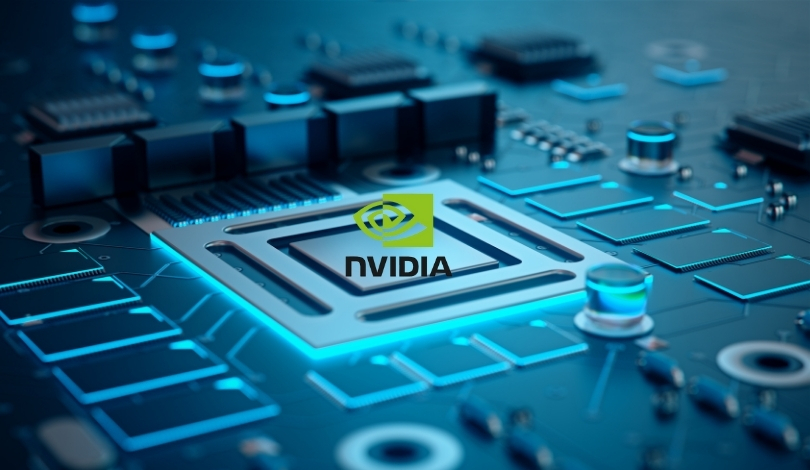Bridging the linguistic gap in speech artificial intelligence, NVIDIA has introduced a comprehensive suite of open-source tools aimed at supporting 25 European languages, including several less-represented ones such as Croatian, Estonian, and Maltese. These new resources are designed to empower developers across Europe and beyond to build voice-powered applications, enhancing accessibility to digital tools for populations previously overlooked by mainstream AI technology. Unlike earlier efforts that focused primarily on widely spoken languages, this initiative highlights efforts to democratize access to advanced AI models, fostering a more inclusive technological landscape. The launch comes in response to the widely recognized challenge that most AI models serve only a fraction of the world’s linguistic diversity.
Previous coverage of AI language technology developments often spotlighted large language models or translation services that prioritized major languages, resulting in slower progress for minority language support. Earlier projects have sometimes relied heavily on costly and labor-intensive manual data annotation to build speech datasets. In contrast, NVIDIA’s current approach automates much of the data preparation and greatly expands both scale and accessibility, marking a shift toward more efficient and inclusive data collection. This new system provides a significant increase in available resources for less-widely spoken languages, which have typically struggled for representation in commercial AI tools.
How Does Granary Empower Language Diversity?
Central to this initiative is Granary, a large, curated speech dataset encompassing approximately one million hours of audio. The dataset is structured to facilitate training for high-quality speech recognition and translation, allowing AI to grasp complex language patterns beyond those found in mainstream datasets. This provides a foundation for the creation of effective voice applications, from real-time translators to intelligent customer support bots.
Which AI Models Are Offered for Speech Tasks?
NVIDIA is releasing two new models: Canary-1b-v2, tailored for detailed and accurate transcription and translation tasks, and Parakeet-tdt-0.6b-v3, optimized for real-time voice processing. Canary-1b-v2 is designed to achieve high transcription quality, whereas Parakeet-tdt-0.6b-v3 focuses on speed and can process lengthy recordings, identifying languages automatically. Both models generate detailed outputs including punctuation, capitalization, and word-level time stamps, streamlining professional-grade app development.
What Role Did Automation Play in Data Preparation?
To expedite and scale the process, NVIDIA collaborated with Carnegie Mellon University and Fondazione Bruno Kessler to automate the conversion of raw audio data into structured, learnable input. Leveraging the NeMo toolkit, their pipeline transforms vast volumes of unlabelled audio, minimizing the need for human annotation. This approach reportedly enables developers to reach desired accuracy levels using about half as much data as with conventional datasets, according to the research team.
NVIDIA’s open-source release of Granary and the associated AI models aims to lower entry barriers for developers and encourage local innovation in speech tools across Europe. Representatives from NVIDIA emphasized:
“We want to make high-quality speech AI accessible to developers, regardless of the language they work in.”
One team member also noted:
“Building efficient data pipelines allows us to address languages that have historically received little technological attention.”
By providing both resources and training methods, the company supports professional use cases previously limited by lack of data or infrastructure.
As the landscape for speech AI broadens, the availability of datasets and models for underrepresented languages allows new voices to shape digital experiences. Developers now have expanded options for integrating multilingual and region-specific solutions, making language barriers less of an obstacle in AI deployment. For those pursuing language technology, access to open-source data and models facilitates experimentation and product development for local markets. Anyone interested in building or improving language-based applications for European communities can utilize these new assets to increase reach and usability.










